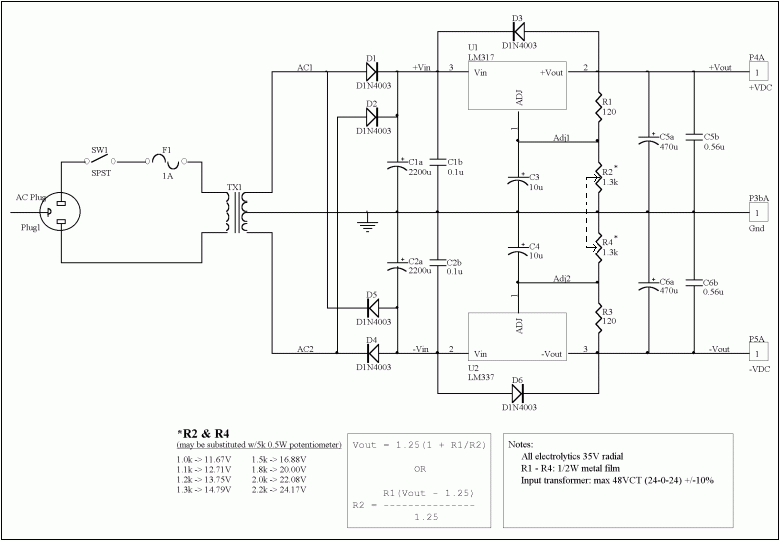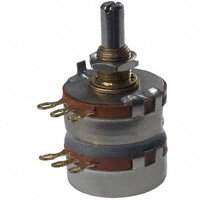fareen
Full Member level 3
hello
i need to design a variable dual power supply on a pcb.
the output supply should be plus and negative 15v and current rating of 800mv
i have no idea how to design it,i look at sum circuit on net but didnt get the idea
can sum one help me??? :roll:
i need to design a variable dual power supply on a pcb.
the output supply should be plus and negative 15v and current rating of 800mv
i have no idea how to design it,i look at sum circuit on net but didnt get the idea
can sum one help me??? :roll:

